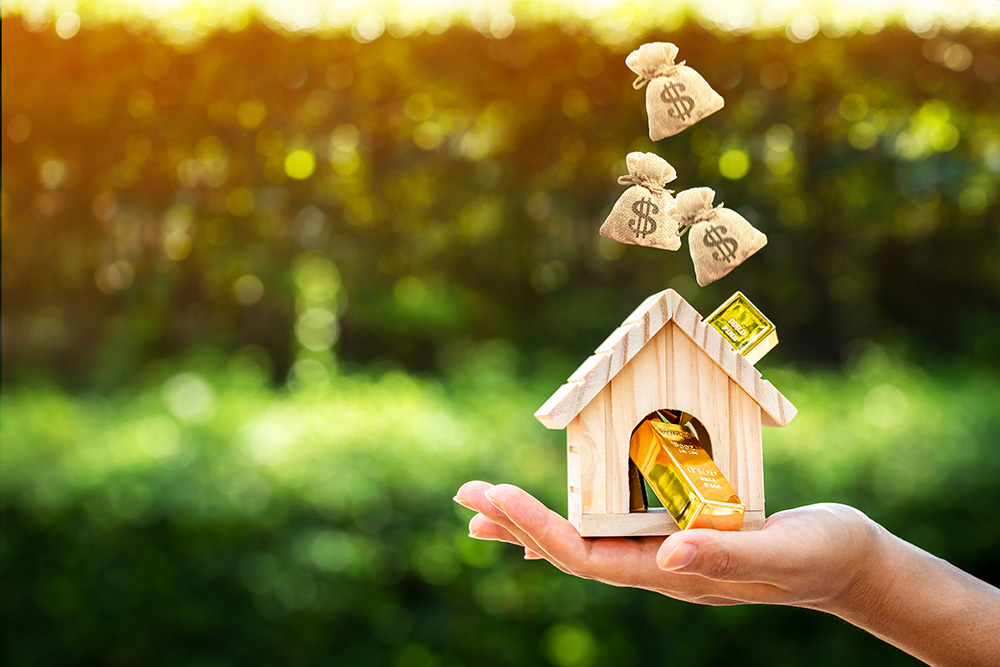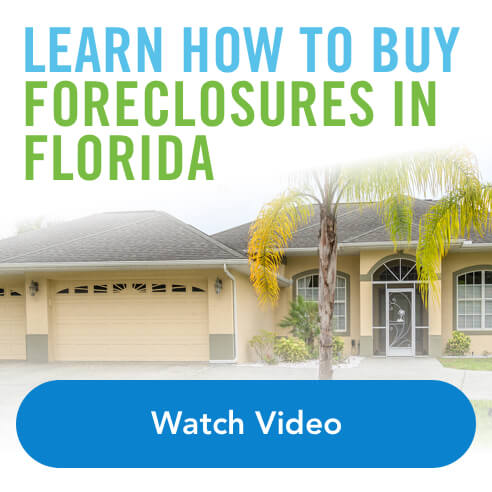
By Kristine Serio
You’ve heard your share of horror stories about long-term, buy-and-hold real estate investments. The “surprise” zoning permits that the last owners never handled. The properties with cracks the size of the Grand Canyon hiding in their foundations. The unhappy landlords who end up in the red every month because, when they bought the place, their enthusiasm got ahead of their calculators.
You don’t want to add your own horror story to the list. But you do want a long-term real estate investment you can count on. So how do you avoid disaster before it strikes?
Here are five code-red signs that the potential buy-and-hold investment you’re looking at is a bad idea.
The Location Stinks
The unavoidable truth is this: you need to buy a property in a place where people actually want to live. If nobody wants to live there, then it doesn’t matter how nice the rental itself is; you’re going to be in trouble. Do some research. Look for red flags like these:
- Is there too much vandalism or crime in the area? (You’ll have to determine what that level is for you.)
- Does it take 40 minutes just to drive to the grocery store?
- Are there no parks, public transportation lines, or restaurants in sight?
- Is there an old oil tank buried underground nearby?
All of these are signs that the location is probably a dud.
The Numbers Don’t Add Up
The day may come when you find a good-looking property, in a nice part of town, with a high monthly rent per unit—but on paper, the numbers don’t work because at the end of the day, your expenses are still greater than the money you’re bringing in.
When that happens, always listen to the numbers. Remember that numbers can’t be blinded by glitz and glamor the way you can. Trust them to help you make your decision based on the facts. If, based on the numbers, you don’t have enough profit in the deal, it’s better to walk away. Otherwise, you risk making nothing on it, or worse, losing money.
The Facts Have Abandoned Ship
There are some things you need to know, in no uncertain terms, before you invest in a buy-and-hold property. The vacancy rate, the desirability of the neighborhood, and the annual profitability of the rentals are some of them. If the person you’re buying the property from is just guessing about these things—or worse, can’t tell you anything about them at all—that’s a big red flag. Always make sure you know the basic facts about a place before you invest in it, or you’ll end up with more than your share of unwanted surprises.
The Property Is a Train Wreck
A little bit of cosmetic remodeling is normal when you buy a new investment property, but you don’t want to saddle yourself with a huge fixer-upper unless you’re experienced in rehabilitating and renovating homes. Stay away from unsound structures and places where you need to knock down all the walls just to make the units livable. With total reconstructions, you’ll probably end up getting more than you bargained for in the renovation, and it’s just not worth the headache.
If the property is older, you also need to keep an eye out for environmental hazards. Lead-based paint, asbestos, and radon are some of the things you don’t want to deal with as a new buy-and-hold investor. All these hazards can cost you money that eat into your profits.
It’s Just Too Much Work
The idea with buy-and-hold investments is that they’re supposed to bring you passive income—money that comes in without your active involvement. But passive income can turn into “active expense” fast if you set yourself up with a property that needs a lot of maintenance. Student and vacation rentals are common high-maintenance properties. If you’re managing the property yourself, living far away from it can also turn into a big maintenance headache.
Unless you’re an experienced investor or plan to work with a reputable property management company, maintenance headaches are not what you signed up for. If this or any of the other issues on this list come up on your radar, that’s your cue to give the property a pass. Take your time with your search, and don’t let delays in the process force you into a bad investment. The right property is around the corner. You just have to hold out until you find it.
Kristine Serio is a writer and editor with Author Bridge Media specializing in business and real estate. Her real estate roots stretch back to her grandfather, who launched a profitable second career as a real estate investor during the 1950s. Kristine’s authors and entrepreneurs have been featured in The New York Times, O: the Oprah Magazine, and the San Diego Union Tribune.

